| Institute of Atomic Physics | FAIR-RO Programme |
 |
|
||||||||||||||||||||||||||
The 'DeMaND' project is conducted under the supervision of the Institute of Atomic Physics and is financed through the 5th Programme - Research in domains of strategic interest, Subprogramme 5.2 - Participation to international organisms and programs in atomic and subatomic field - FAIR-RO Module
Project description
The aim of the R3B Experiment at FAIR is to construct a versatile reaction setup with high efficiency, acceptance and resolution in order to study the properties of unstable nuclei by detecting the reaction products of the interactions of high-energy radioactive beams with a fixed target. Therefore one of the main requirements of this setup is that the reaction products to be measured with the best accuracy possible.
One of the main instruments that R3B Experiment benefits off is the NeuLAND Neutron Detector, a large area setup consisting of 30 double-planes of scintillator bars with an active face size of 2.5 x 2.5 m2 and a depth of 3m.
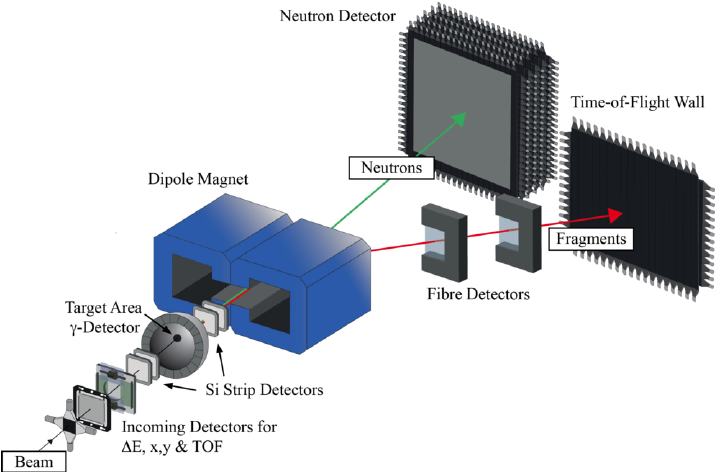 This modular design allow NeuLAND to track fast neutrons in the range 200 MeV - 1000 MeV; however, the uncharged neutrons do not excite the scintillator material in the detector, therefore the detection can be done only indirectly via charged products which come from neutron-nucleon interactions.
The result of this interactions is the production of more new particles, including more neutrons which interact with other nuclei as well resulting in showers which can often overlap. Therefore, identification of the neutron which create the shower and reconstruction of the multiplicity and the momentum of neutrons entering the detector from this shower patterns are far from trivial and assumes sophisticated algorithms. There are many possible events that can create a particular interaction pattern which make almost impossible to reconstruct the map of the incoming neutrons, with a 100% accuracy leading to the conclusion that only the most probable event should be considered.
This was demonstrated by the algorithms used for LAND detector - the Shower Volume Algorithm (SVA) and Shower Tracking Algorithm (STA) - when analyzing the ghost hits, the hits where a neutron-nucleus interactions produce only an another neutrons, both being invisible for the detectors. The drawback of the shower algorithms is that it cannot connect between particles which come from ghost hits. A newer algorithm - Probabilistic Neutron Tracker (PNT) - perform similarly with the main difference that the performance of new algorithm for reconstructing the four vector for single incoming neutrons is reasonably good, but decrease with increased number of incoming neutrons.
To increase the performance for larger number of incoming neutrons, the development of new algorithms is needed.
This modular design allow NeuLAND to track fast neutrons in the range 200 MeV - 1000 MeV; however, the uncharged neutrons do not excite the scintillator material in the detector, therefore the detection can be done only indirectly via charged products which come from neutron-nucleon interactions.
The result of this interactions is the production of more new particles, including more neutrons which interact with other nuclei as well resulting in showers which can often overlap. Therefore, identification of the neutron which create the shower and reconstruction of the multiplicity and the momentum of neutrons entering the detector from this shower patterns are far from trivial and assumes sophisticated algorithms. There are many possible events that can create a particular interaction pattern which make almost impossible to reconstruct the map of the incoming neutrons, with a 100% accuracy leading to the conclusion that only the most probable event should be considered.
This was demonstrated by the algorithms used for LAND detector - the Shower Volume Algorithm (SVA) and Shower Tracking Algorithm (STA) - when analyzing the ghost hits, the hits where a neutron-nucleus interactions produce only an another neutrons, both being invisible for the detectors. The drawback of the shower algorithms is that it cannot connect between particles which come from ghost hits. A newer algorithm - Probabilistic Neutron Tracker (PNT) - perform similarly with the main difference that the performance of new algorithm for reconstructing the four vector for single incoming neutrons is reasonably good, but decrease with increased number of incoming neutrons.
To increase the performance for larger number of incoming neutrons, the development of new algorithms is needed.
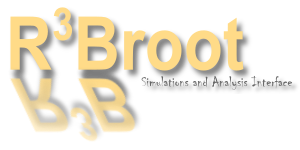 The machine learning algorithms is a new approach which can significantly improve the efficiency in reconstruction of uncharged particles events by learning the most probable events without an explicit implementation of the physics laws. The basic feature of the machine learning concept is that it allows an algorithm to experience data and extract connections between various characteristics by it own.
The learning process of the algorithm is driven by the recurence in the experienced data meaning that it learns the most probable feature first, reducing significantly the computational resources. Over the years, a lot of research was dedicated to develop machine learning algorithms; in present, there are many algorithms that can perform pattern classification task such as Convolutional Neural Networks (CNNs), Recurrent Neural Networks (RNNs) or Deep Neural Networks (DNNs). Their performance in terms of efficiency has been proved to be more or less the same but the time for processing is quite different.
Therefore a new algorithm should be developed in order to overcome this and also the systematic uncertainties which arise and, in previous NeuLAND algorithms were due to the Geant4 simulations, simulations that will be used also to train the neural network that we intend to develop.
The machine learning algorithms is a new approach which can significantly improve the efficiency in reconstruction of uncharged particles events by learning the most probable events without an explicit implementation of the physics laws. The basic feature of the machine learning concept is that it allows an algorithm to experience data and extract connections between various characteristics by it own.
The learning process of the algorithm is driven by the recurence in the experienced data meaning that it learns the most probable feature first, reducing significantly the computational resources. Over the years, a lot of research was dedicated to develop machine learning algorithms; in present, there are many algorithms that can perform pattern classification task such as Convolutional Neural Networks (CNNs), Recurrent Neural Networks (RNNs) or Deep Neural Networks (DNNs). Their performance in terms of efficiency has been proved to be more or less the same but the time for processing is quite different.
Therefore a new algorithm should be developed in order to overcome this and also the systematic uncertainties which arise and, in previous NeuLAND algorithms were due to the Geant4 simulations, simulations that will be used also to train the neural network that we intend to develop.
 This modular design allow NeuLAND to track fast neutrons in the range 200 MeV - 1000 MeV; however, the uncharged neutrons do not excite the scintillator material in the detector, therefore the detection can be done only indirectly via charged products which come from neutron-nucleon interactions.
The result of this interactions is the production of more new particles, including more neutrons which interact with other nuclei as well resulting in showers which can often overlap. Therefore, identification of the neutron which create the shower and reconstruction of the multiplicity and the momentum of neutrons entering the detector from this shower patterns are far from trivial and assumes sophisticated algorithms. There are many possible events that can create a particular interaction pattern which make almost impossible to reconstruct the map of the incoming neutrons, with a 100% accuracy leading to the conclusion that only the most probable event should be considered.
This was demonstrated by the algorithms used for LAND detector - the Shower Volume Algorithm (SVA) and Shower Tracking Algorithm (STA) - when analyzing the ghost hits, the hits where a neutron-nucleus interactions produce only an another neutrons, both being invisible for the detectors. The drawback of the shower algorithms is that it cannot connect between particles which come from ghost hits. A newer algorithm - Probabilistic Neutron Tracker (PNT) - perform similarly with the main difference that the performance of new algorithm for reconstructing the four vector for single incoming neutrons is reasonably good, but decrease with increased number of incoming neutrons.
To increase the performance for larger number of incoming neutrons, the development of new algorithms is needed.
This modular design allow NeuLAND to track fast neutrons in the range 200 MeV - 1000 MeV; however, the uncharged neutrons do not excite the scintillator material in the detector, therefore the detection can be done only indirectly via charged products which come from neutron-nucleon interactions.
The result of this interactions is the production of more new particles, including more neutrons which interact with other nuclei as well resulting in showers which can often overlap. Therefore, identification of the neutron which create the shower and reconstruction of the multiplicity and the momentum of neutrons entering the detector from this shower patterns are far from trivial and assumes sophisticated algorithms. There are many possible events that can create a particular interaction pattern which make almost impossible to reconstruct the map of the incoming neutrons, with a 100% accuracy leading to the conclusion that only the most probable event should be considered.
This was demonstrated by the algorithms used for LAND detector - the Shower Volume Algorithm (SVA) and Shower Tracking Algorithm (STA) - when analyzing the ghost hits, the hits where a neutron-nucleus interactions produce only an another neutrons, both being invisible for the detectors. The drawback of the shower algorithms is that it cannot connect between particles which come from ghost hits. A newer algorithm - Probabilistic Neutron Tracker (PNT) - perform similarly with the main difference that the performance of new algorithm for reconstructing the four vector for single incoming neutrons is reasonably good, but decrease with increased number of incoming neutrons.
To increase the performance for larger number of incoming neutrons, the development of new algorithms is needed. The machine learning algorithms is a new approach which can significantly improve the efficiency in reconstruction of uncharged particles events by learning the most probable events without an explicit implementation of the physics laws. The basic feature of the machine learning concept is that it allows an algorithm to experience data and extract connections between various characteristics by it own.
The learning process of the algorithm is driven by the recurence in the experienced data meaning that it learns the most probable feature first, reducing significantly the computational resources. Over the years, a lot of research was dedicated to develop machine learning algorithms; in present, there are many algorithms that can perform pattern classification task such as Convolutional Neural Networks (CNNs), Recurrent Neural Networks (RNNs) or Deep Neural Networks (DNNs). Their performance in terms of efficiency has been proved to be more or less the same but the time for processing is quite different.
Therefore a new algorithm should be developed in order to overcome this and also the systematic uncertainties which arise and, in previous NeuLAND algorithms were due to the Geant4 simulations, simulations that will be used also to train the neural network that we intend to develop.
The machine learning algorithms is a new approach which can significantly improve the efficiency in reconstruction of uncharged particles events by learning the most probable events without an explicit implementation of the physics laws. The basic feature of the machine learning concept is that it allows an algorithm to experience data and extract connections between various characteristics by it own.
The learning process of the algorithm is driven by the recurence in the experienced data meaning that it learns the most probable feature first, reducing significantly the computational resources. Over the years, a lot of research was dedicated to develop machine learning algorithms; in present, there are many algorithms that can perform pattern classification task such as Convolutional Neural Networks (CNNs), Recurrent Neural Networks (RNNs) or Deep Neural Networks (DNNs). Their performance in terms of efficiency has been proved to be more or less the same but the time for processing is quite different.
Therefore a new algorithm should be developed in order to overcome this and also the systematic uncertainties which arise and, in previous NeuLAND algorithms were due to the Geant4 simulations, simulations that will be used also to train the neural network that we intend to develop. News
- January 29, 2021
Modification to list of personnel ... - December 20, 2020
Annual Summary Document for 2020 ... - December 5, 2020
First stage completed ... - November 11, 2020
Project DeMAND has started ...
Past Events
- June 21 - July 11, 2017
Experiments at Riken, Japan ... - March 7-9, 2017
2nd R3BRoot Development Workshop, GSI-Darmstadt, Germany ... - November 14-18, 2016
Geant4 Tutorial in IFIN-HH, MÄgurele, Romania ... - October 23-28, 2016
The IV International Geant4 School, Belgrade, Serbia ... - September 18-23, 2016
R3B Collaboration Meeting, Gatchina, Russia ...
Collaboration Links
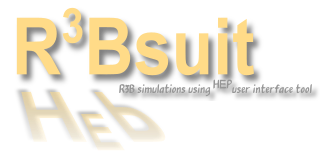





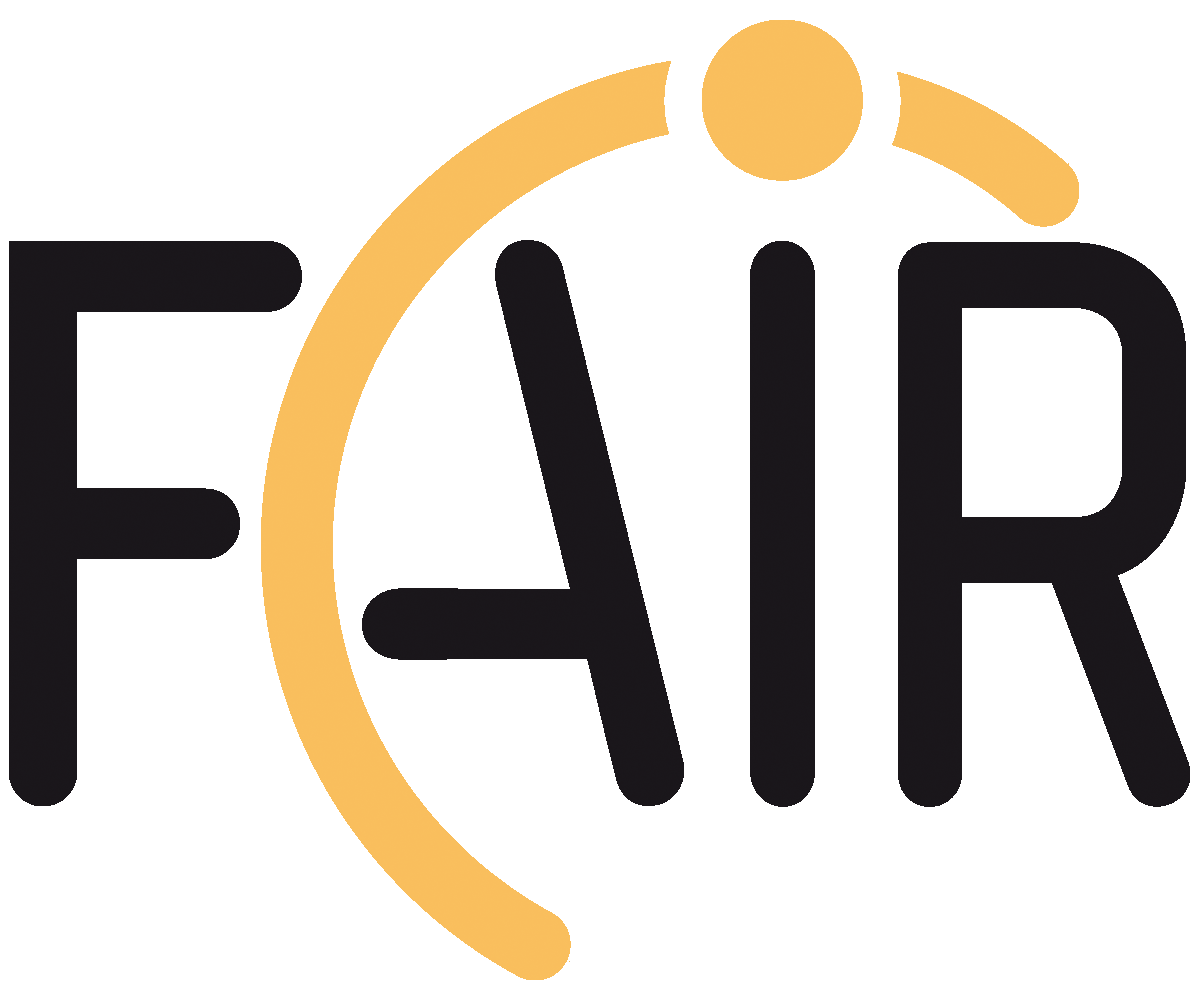 International Facility for Antiproton and Ion Research
International Facility for Antiproton and Ion Research  The Nuclear Structure, Astrophysics and Reactions collaboration
The Nuclear Structure, Astrophysics and Reactions collaboration 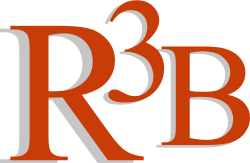 Reactions with Relativistic Radioactive Beams experiment
Reactions with Relativistic Radioactive Beams experiment  NeuLAND - the new Large-Area Neutron Detector
NeuLAND - the new Large-Area Neutron Detector  R3BRoot - Simulations and Data Analysis for R3B Collaboration
R3BRoot - Simulations and Data Analysis for R3B Collaboration 